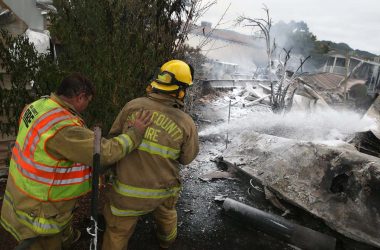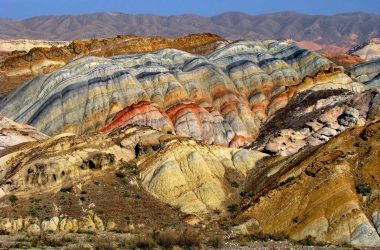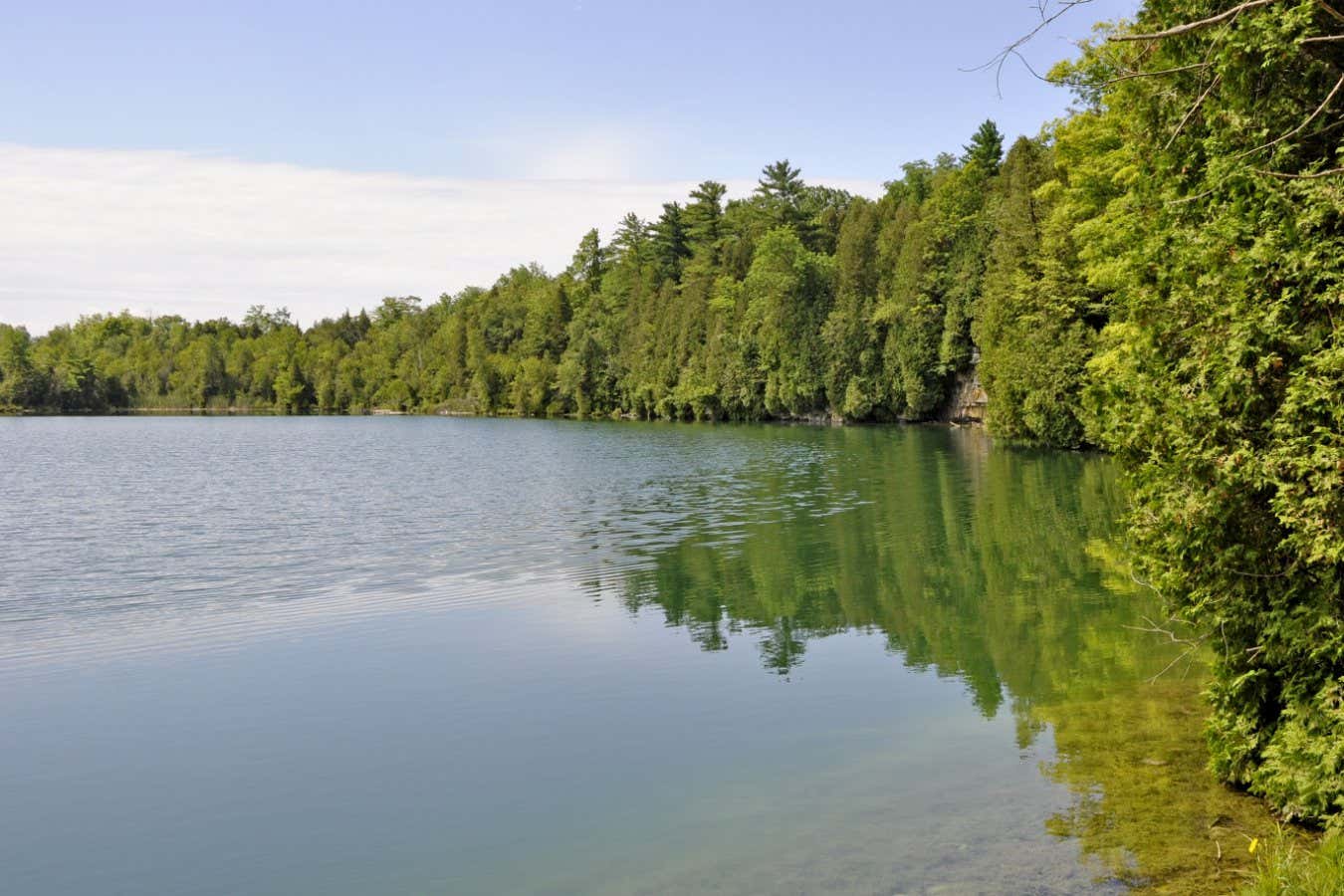Karst mountains in Guilin, China, formed from the weathering of limestone rocks
Getty Images/iStockphoto
The processes involving reactions between rocks, rain, and carbon dioxide have traditionally acted as a stabilizing force for Earth’s climate. However, a recent study has concluded that these processes will not prevent our carbon emissions from causing severe warming. Despite this, the findings can help in the development of better methods to capture and slow down CO2 emissions, thus combating climate change.
Throughout one million years on Earth, volcanic gas emissions should have contributed to almost tripling the amount of carbon in the atmosphere and ocean. Based on this increase in CO2 levels, one would expect significantly higher temperatures. However, the climate has remained relatively stable during this time, allowing for the persistence of liquid water and the flourishing of life.
This stability is largely attributed to the removal of CO2 through the weathering process, explained Susan Brantley from Pennsylvania State University. In simple terms, this process begins when CO2 gas combines with rainwater to form carbonic acid, which then dissolves rocks like limestone. The erosion of rocks leads to the creation of soluble minerals and bicarbonate, a dissolved form of carbon. These products are eventually washed into the oceans, where they form carbonate minerals that store the carbon in rock formations.
Previous studies have suggested that chemical weathering may accelerate at higher temperatures, effectively removing more CO2 from the atmosphere and acting as a climate control mechanism, similar to a thermostat. Brantley and her colleagues sought to determine if this holds true under all conditions.
“If we’re going to disrupt this system by increasing carbon dioxide emissions, we need to understand how the system works,” said Brantley.
The research team analyzed various laboratory studies on the chemical weathering process and compared the findings with field experiments measuring weathering rates in 45 different soils worldwide. The challenge has been reconciling laboratory data with real-world weathering processes that occur over thousands of years, as laboratory studies cannot accurately replicate these lengthy processes.
By combining all the data, the researchers found that chemical weathering is particularly sensitive to temperature in areas with high rainfall and significant rock erosion caused by precipitation. However, natural rock weathering is too slow to counteract the substantial amount of CO2 being released by human activities.
Nevertheless, some scientists have proposed a potential solution to slow down climate change: mining and grinding rock and spreading it over crop fields to enhance weathering. The study’s results suggest that this idea, known as enhanced rock weathering, may not be as far-fetched as it seems. “To implement it on a large scale, a significant amount of rock would need to be mined and spread over a vast area with high rainfall,” explained Brantley. “But it could be one of the processes we use to mitigate climate change.”
Understanding the temperature sensitivity of weathering is crucial as it provides insights into past climates and predictions for future climates, according to Michael Bickle from the University of Cambridge. “This study represents a significant conceptual advancement,” he added.
Penny King from the Australian National University in Canberra stated that this study is of great significance. “We now have a new idea that can be tested to explain weathering, and this can assist us in our goal of sequestering carbon dioxide in stable minerals,” she said.
Sign up for our free Fix the Planet newsletter to receive a dose of climate optimism in your inbox every Thursday
Topics:








